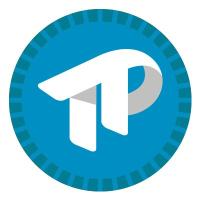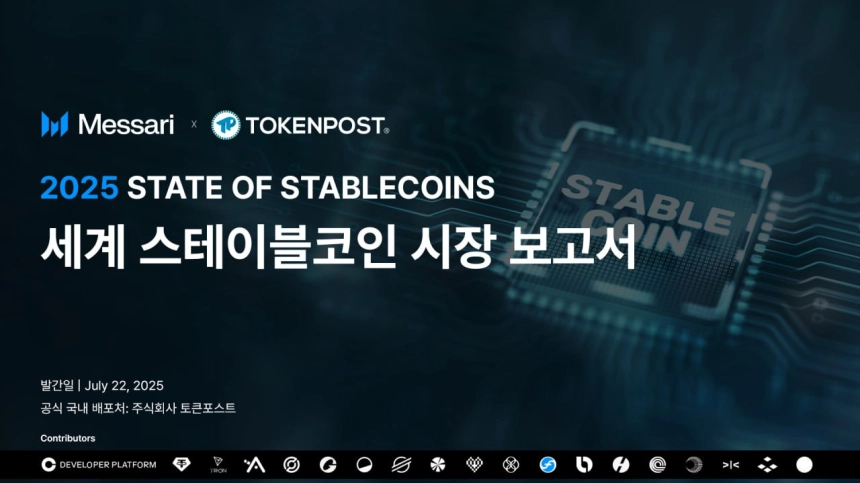In the first half of 2025, the stablecoin industry experienced a significant turning point, showing rapid growth simultaneously in the financial market and cryptocurrency ecosystem. CertiK Research's recent report analyzed that stablecoins are establishing themselves as financial infrastructure, while security risks and regulatory environment changes are strongly influencing the overall market structure.
Particularly, major stablecoins like USDT, USDC, and PYUSD expanded their market share through increased issuance and regulatory compliance, while new participants such as RLUSD, USDS, and FDUSD are quickly expanding their foothold in terms of security and adoption. CertiK Research precisely analyzed the risk profiles of these projects based on the Skynet security scoring system, providing comprehensive insights into compliance, operational stability, and user protection capabilities.
As of the first half of 2025, the total stablecoin supply increased from $204 billion to $252 billion. Among these, PYUSD drew attention by doubling its market capitalization, integrating with the Solana network, and introducing a 3.7% annual reward program. USDC grew at the fastest pace by securing the MiCA license and successfully completing an IPO, while USDT on the TRON network continued to record high circulation and trading levels but faced new challenges under MiCA regulations with pressure to exit the European market.
Meanwhile, security incidents emerged as a key factor exacerbating market uncertainty. According to CertiK Research, a total of 344 security incidents occurred in the first half of 2025, resulting in approximately $2.47 billion in losses. The Bybit wallet hacking incident, in particular, recorded a single incident loss of $1.5 billion, demonstrating that threats based on operational infrastructure have a significant impact across the entire system. Security incidents in decentralized applications like Cetus Protocol and Infini also highlighted the need for risk assessment of the entire application environment on which stablecoins depend.
In the regulatory field, both the United States and Europe are accelerating industry restructuring by initiating full-scale legislation and regulatory enforcement. The US continues to attempt to establish a federally standardized regulatory framework through the STABLE and GENIUS Acts, while the European Union has fully implemented the MiCA regulation, effectively prohibiting the handling of non-compliant stablecoins within Europe. Consequently, regulation-friendly stablecoins like USDC have successfully secured market trust and expanded their market share, while decentralized or unauthorized projects have weakened their position by being excluded from major exchanges.
Institutional adoption has also been accelerated. World-renowned financial institutions such as Société Générale, Santander, and Bank of America have disclosed or are pursuing plans to issue their own stablecoins, while global payment networks like Visa and Stripe are conducting cross-border payment experiments based on USDC. PYUSD, in particular, is gaining prominence as a rapid payment solution in corporate environments, and RLUSD is accelerating institutional customer acquisition based on its security advantages.
The market outlook for the second half of 2025 and beyond is also noteworthy. The introduction of yield-generating and real-world asset (RWA)-based stablecoins is expected to accelerate, with predictions that they could expand their market share to up to 10% of the total market. Along with this, the emergence of yield-seeking stablecoins is anticipated to bring new threat factors such as counterparty risk, strategic risk, and composability risk. This implies that as integration between traditional finance and DeFi deepens, the risk of risk transfer between layers increases.
In the current situation where regulatory strengthening and institutional adoption are simultaneously progressing, the sustainability of stablecoin projects depends on establishing a thorough security system, managing transparent reserves, and actively accepting compliance. The stablecoin market in the first half of 2025 is moving towards a balance between technological maturity and institutional stability, with projects at the center of this balance emerging as key players that will reshape the stablecoin industry landscape.
For real-time news...Go to TokenPost Telegram
<Copyright ⓒ TokenPost, Unauthorized Reproduction and Redistribution Prohibited>






